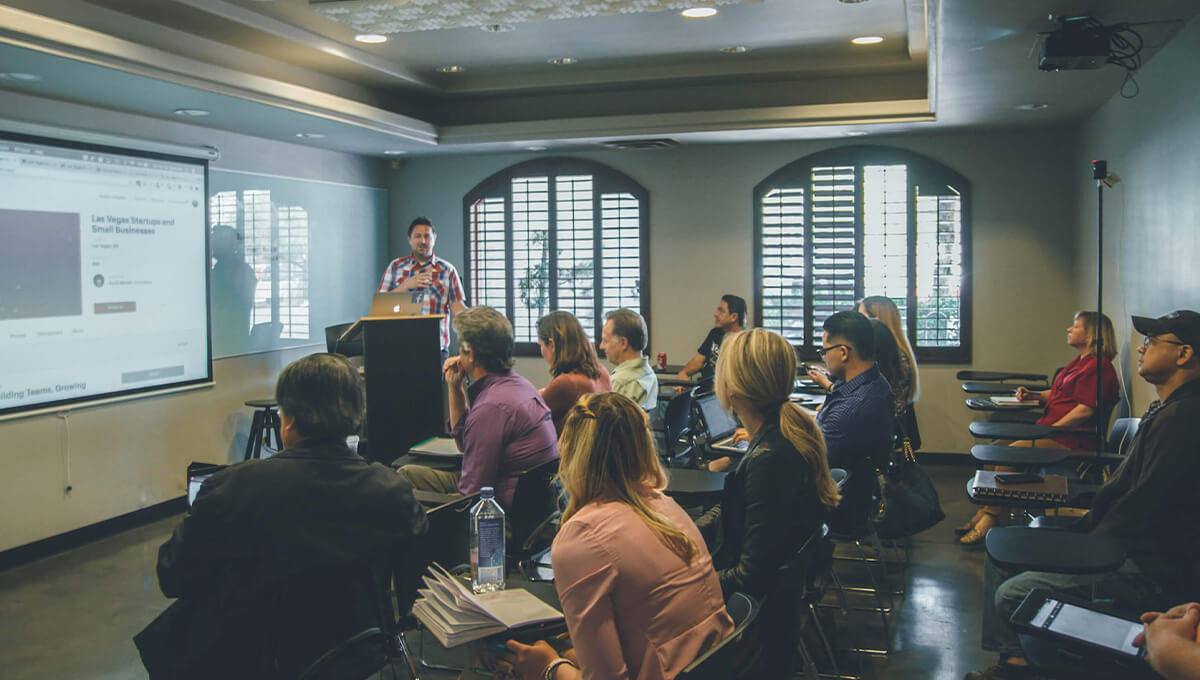Here are some of the latest trends and innovations in education:
1. Classroom Technology:
- Interactive Whiteboards and Smart Displays: These tools allow for dynamic presentations and interactive lessons, enabling teachers to engage students through multimedia content and collaborative activities.
- Virtual Reality (VR) and Augmented Reality (AR): VR and AR technologies provide immersive learning experiences, allowing students to explore complex concepts, historical events, or scientific phenomena in a hands-on way.
- Learning Management Systems (LMS): Platforms like Google Classroom, Canvas, and Moodle facilitate the organization of course materials, assignments, and communication between teachers and students, streamlining the learning process.
2. Blended and Hybrid Learning:
- Flipped Classrooms: In this model, students learn new content at home (often through video lectures) and engage in hands-on activities and discussions in class, promoting active learning.
- Hybrid Learning Models: Combining in-person and online instruction, hybrid models offer flexibility and cater to diverse learning preferences, allowing students to learn at their own pace.
3. Personalized Learning:
- Adaptive Learning Technologies: These systems use data analytics to tailor educational content to individual student needs, helping them progress at their own pace and focus on areas where they need improvement.
- Competency-Based Education: This approach allows students to advance based on their mastery of skills and knowledge rather than time spent in class, promoting a more personalized learning experience.
4. Gamification:
- Game-Based Learning: Incorporating game elements into educational activities can enhance student engagement and motivation. Platforms like Kahoot! and Quizizz allow for interactive quizzes and competitions.
- Serious Games: These are designed for educational purposes, helping students learn through simulation and role-playing, making complex subjects more accessible and enjoyable.
5. Social and Emotional Learning (SEL):
- Focus on Well-Being: Schools are increasingly recognizing the importance of social and emotional skills, integrating SEL into the curriculum to help students develop resilience, empathy, and interpersonal skills.
- Mindfulness Practices: Incorporating mindfulness and stress-reduction techniques into the school day can improve students' focus, emotional regulation, and overall well-being.
6. Project-Based and Inquiry-Based Learning:
- Hands-On Learning: These approaches encourage students to engage in real-world projects and inquiries, fostering critical thinking, collaboration, and problem-solving skills.
- Interdisciplinary Projects: Combining subjects in project-based learning allows students to see connections between different fields and apply their knowledge in meaningful ways.
7. Artificial Intelligence (AI) and Machine Learning:
- Intelligent Tutoring Systems: AI-driven platforms can provide personalized feedback and support to students, helping them learn more effectively and efficiently.
- Data Analytics: Educators can use data analytics to track student performance, identify trends, and make informed decisions about instructional strategies and interventions.
8. Microlearning and Bite-Sized Content:
- Short Learning Modules: Microlearning involves delivering content in small, focused segments, making it easier for students to absorb information and fit learning into their busy lives.
- Mobile Learning: With the rise of smartphones and tablets, educational content is increasingly accessible on mobile devices, allowing for learning anytime and anywhere.
9. Collaborative Learning Environments:
- Flexible Classroom Designs: Modern classrooms are being designed to promote collaboration, with movable furniture and spaces that encourage group work and interaction.
- Peer Learning: Encouraging students to learn from one another through peer teaching and collaborative projects enhances understanding and builds community.
10. Global Learning and Cultural Competence:
- Global Classrooms: Technology enables students to connect with peers around the world, fostering cultural exchange and global awareness.
- Service Learning: Integrating community service into the curriculum helps students develop a sense of social responsibility and engage with real-world issues.
Conclusion:
The latest trends and innovations in education reflect a shift toward more personalized, engaging, and collaborative learning experiences. By leveraging technology and adopting new teaching models, educators can better meet the diverse needs of students and prepare them for success in an increasingly complex and interconnected world. As these trends continue to evolve, they hold the potential to transform the educational landscape and enhance the learning experience for all students.









